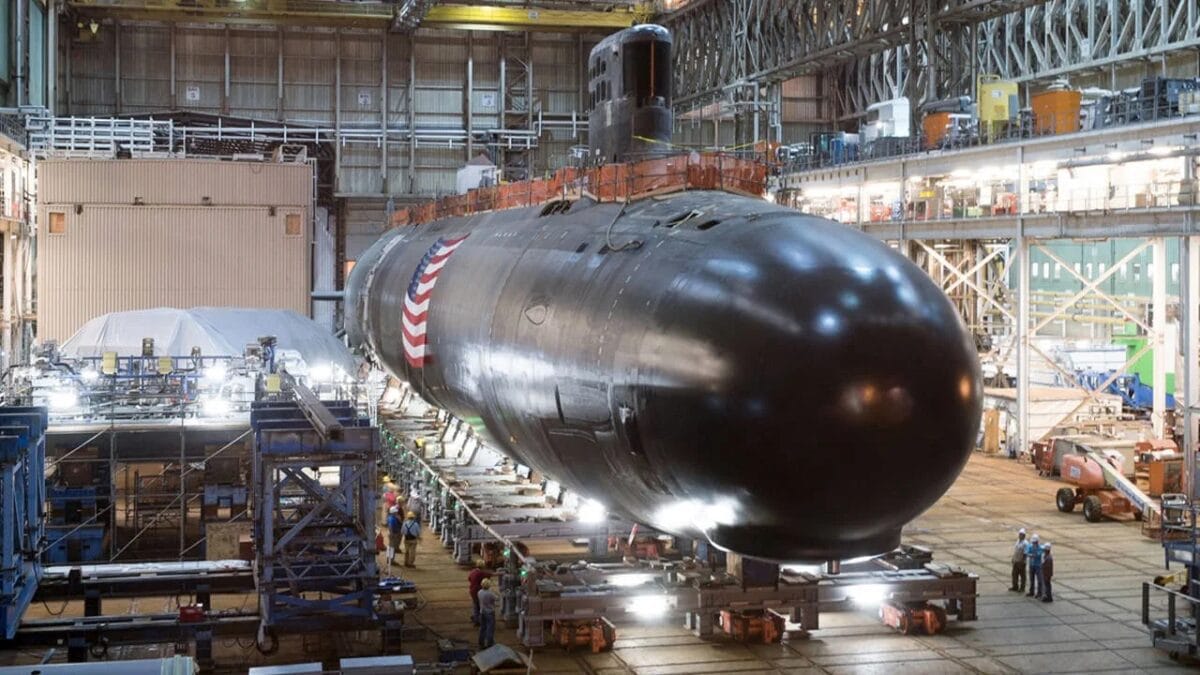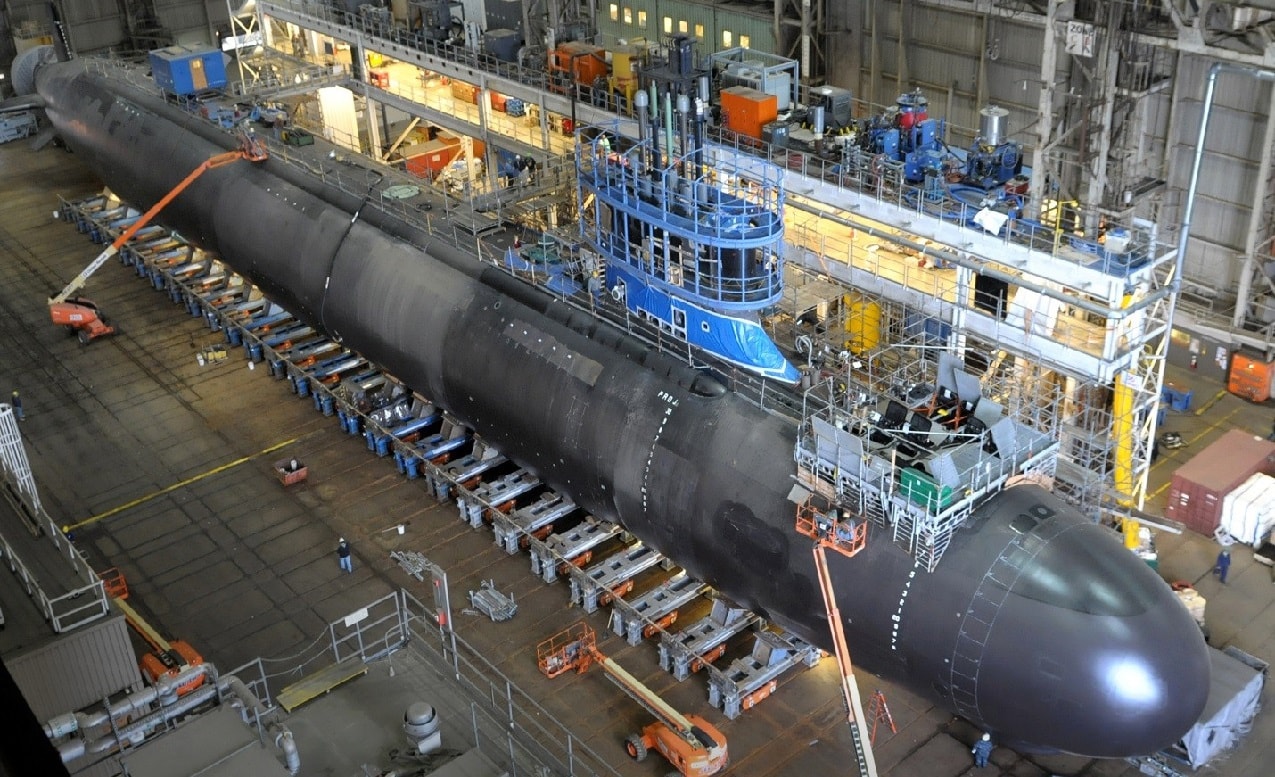Advanced SSN(X) Subs Will Have Even More Torpedoes Than Virginia-Class: You’ve heard “Run Silent, Run Deep” as one of the main mottos used by American submariners to explain what they do for a living. And coming in roughly a decade, a new submarine can add additional firepower to that rallying cry as it has room for even more torpedoes. The next-generation SSN(X) attack submarine is designed to dominate undersea warfare.
Are You Ready for an Improved Virginia-class?
However, we’ll have to wait until 2031 for this sub to hit the water. How could the SSN(X) be better than the existing Virginia-class? The Virginia-class is already dominant. It’s loaded with four torpedo tubes, Tomahawk cruise missiles, and Harpoon anti-ship missiles. The Virginias have an electromagnetic signature reduction system that enables the submarines to sneak around and attack without warning.
Now the U.S. Navy wants to improve on the Virginia-class with a sub that will need less maintenance, hold more than 50 torpedoes, and set speed records. Those torpedoes could have ranges longer than 200 nautical miles.
Yes, the SSN(X) Has Fighting China and Russia In Mind
The Virginia-class can also creep close to shore and insert Navy SEALs. The SSN(X) will remain farther out in deeper ocean environments to overawe new Russian and Chinese subs that also have noise reduction improvements and newer ballistic and cruise missiles. The two near-peer navies may even be working on a new stealthy sub together.
The SSN(X) Could be a Drone Mothership
Interestingly, the SSN(X) will play a big role with undersea drones. It may be able to control more than one from the sub. The undersea drones could have their own sonar systems for early warning of enemy vessels. Also, the SSN (X) could be integrated with an unmanned aerial craft that flies out ahead and create targeting data for the new sub – the aerial drone could then guide the torpedo to paydirt.
Anti-Submarine Warfare Capability a Must
The SSN(X) will also have a mission to eliminate enemy submarines, not just surface warfare. It is supposed to thrive in “contested environments” that are full of adversarial subs. It will have better sensors and sonar than the Virginia-class and be quieter.
Congress Has to Cut Loose Substantial Funding
All of this technology will require years of considerable funding. The Navy just asked Congress for $98 million for research and development for the SSN(X). The FY 2022 National Defense Authorization Act gave it only $30 million. That lower number is not a show-stopper. Funding will likely ramp up in future years since the submarine is so far away from reality.

US Navy Virginia-class Submarine Under Construction.
What Kind of Nuclear Plant?
The Congressional Research Service recommends that the Navy figure out whether the SSN(X) nuclear reactor plant will be comprised of low-enriched uranium rather than high-enriched uranium. A low-enriched reactor would have to be larger, and a new high-enriched uranium supply facility may be needed for future nuclear submarines.
SSN(X) Is the Future
The SSN(X) is an intriguing project and something for the U.S. submarine community to look forward to, assuming Congress keeps up with funding requests. It is a natural progression on existing technology with up-to-date plans for innovations such as undersea drone warfare. The SSN(X) is assured to be a difference-maker and able to adroitly run silent and run deep.
Now serving as 1945’s Defense and National Security Editor, Brent M. Eastwood, Ph.D., is the author of Humans, Machines, and Data: Future Trends in Warfare. He is an Emerging Threats expert and former U.S. Army Infantry officer. You can follow him on Twitter @BMEastwood.

